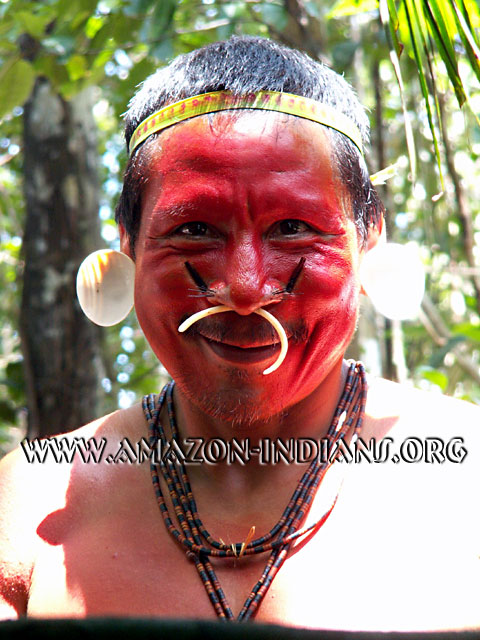Sindhoora
Traditional Dye of Red Shade
We, in Indian culture, have come across the word Sindhura at many places.
Sindhura is a beautiful shade of red, which is the popular context. In North India, it is mostly used by women to apply on the top of the forehead.
(At times, Kunkuma (Vermillion) is also referred as Sindhoor in North India. However, it is made by mixing Picking Lime to the Turmeric Powder.)
While procuring large quantity of Sindhura, for a temple inauguration, we got the complete picture of Sindhura trade and Manufacturing process currently followed in the market.
It is made from lead, which Pb3O4,

Lead Tetroxide is its chemical name. It is basically used by the Paint and Glass industry. Due to cheaper ingredients and commercial mass usage, this procedure is followed. In long term and regular usage/ higher quantity this can be carcenogenic. This is also called Miniun. http://en.wikipedia.org/wiki/Lead(II,IV)_oxide
---
However, earlier days - the flower and seeds of Sindur tree were used. Even now, it is an art. Kindly refer to these two documents in the end of this article.
This is called Bixa Orellana (Tree). The natural dye is harmless. Every Hanuman Temple should be using this herbal powder instead of the harmful chemical.

Indigenous usage in many parts of the continent, including Nepal, is reflective of our customs. Check the photo from Brazil.

http://tasteofnepal.blogspot.in/2013/06/sindur-tree-of-nepal-sindure.html?m=1
https://www.academia.edu/4918901/Formulation_and_Evaluation_of_Herbal_Sindoor_Using_Different_Natural_Herbal_Ingredients
Hence, follow safe practices whether at home or temples. We should not save at the cost of health. Spread awareness.
No comments:
Post a Comment